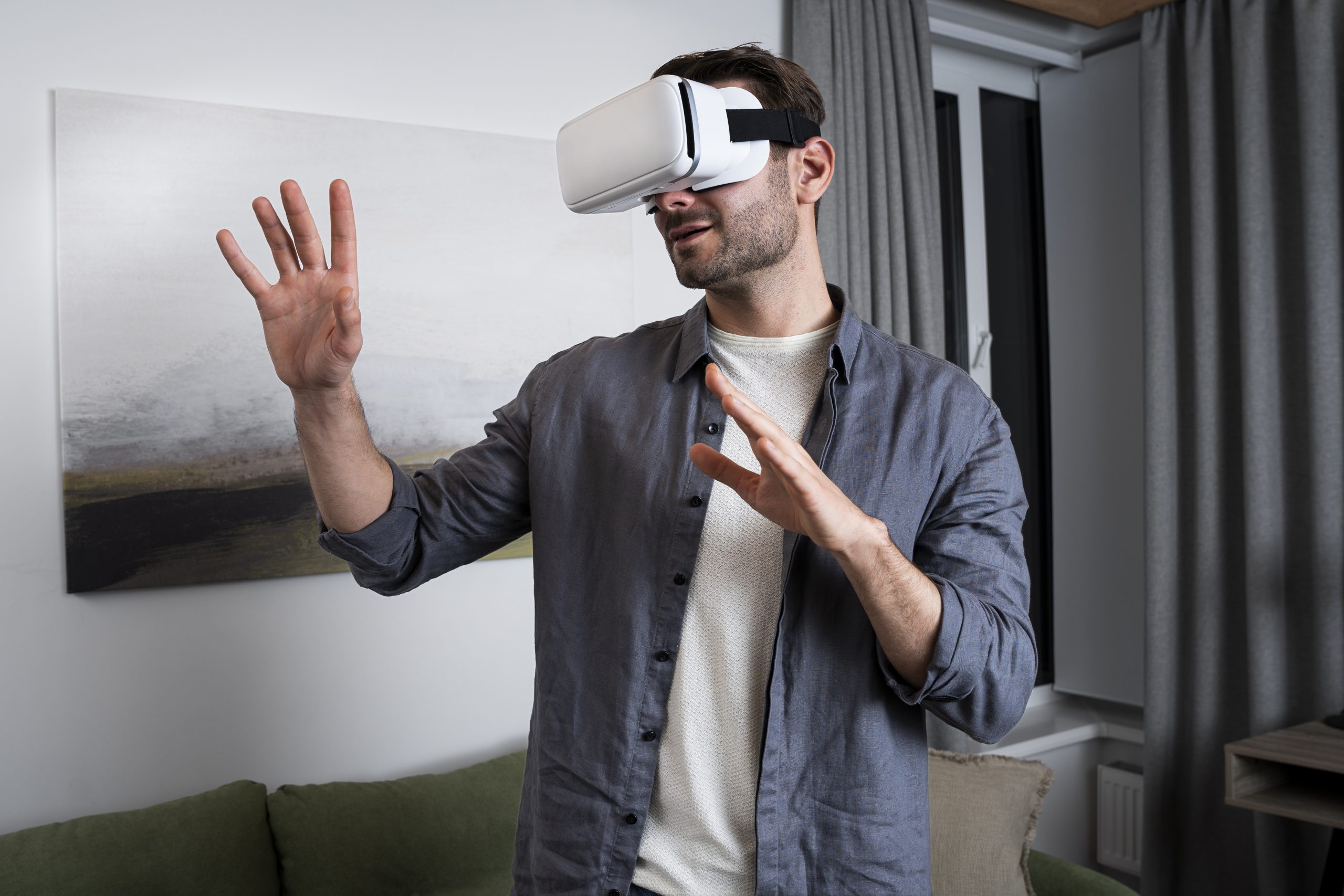
Technology has changed the way we see, feel, and interact with the world. Among the most groundbreaking innovations, augmented reality and VR have taken center stage by blending imagination with real experiences. These technologies have turned gaming, education, healthcare, and even shopping into immersive adventures that were once impossible to imagine.
At News Optimize, we believe in showcasing how emerging technologies are not only reshaping industries but also everyday life. This article dives deep into the fascinating world of augmented reality and VR, exploring how they work, their benefits, challenges, and their growing role in shaping the future.
Understanding Augmented Reality and VR in Simple Terms
Before diving into applications, it is important to clearly define these technologies.
Augmented Reality (AR): Adds digital layers such as text, images, or animations to the real world. For example, mobile apps that allow you to visualize furniture in your home before buying it.
Virtual Reality (VR): Creates a fully immersive digital environment that replaces the real world. A VR headset can transport you to a football stadium or even a distant planet.
Both share the goal of making experiences more engaging, but they do so in different ways.
The Evolution of AR and VR Technology
The journey of augmented reality and VR started as simple experiments but has now reached mainstream adoption. Initially limited to research labs and video games, today they are used in classrooms, hospitals, architecture, and even social media.
This evolution has been powered by:
- Faster internet speeds enabling smoother streaming.
- Powerful mobile devices making AR accessible to everyone.
- Affordable headsets and wearables that bring VR into homes.
- Creative industries embracing immersive storytelling.
The result is a technology that is no longer futuristic but part of our everyday lives.
Key Industries Benefiting from Augmented Reality and VR
Education and Learning
Imagine sitting in a classroom where history lessons bring ancient civilizations to life or science experiments can be performed virtually. AR and VR make education interactive, memorable, and engaging.
Healthcare and Medicine
Doctors are using VR for surgeries and AR for visualizing anatomy in real time. These tools enhance training, reduce risks, and improve patient care.
Gaming and Entertainment
This is perhaps the most well-known area. VR headsets create lifelike gaming experiences, while AR filters dominate social media, giving users creative and fun ways to connect.
Retail and Shopping
From trying clothes virtually to visualizing furniture at home, AR has revolutionized online shopping by removing uncertainty before purchase.
Real Estate and Architecture
VR tours allow buyers to walk through properties without being physically present, while AR overlays show how designs will look once built.
Everyday Uses of Augmented Reality and VR
These technologies are not only for professionals. In daily life, people use them in surprising ways:
- Fitness apps that simulate workouts in virtual environments.
- Travel experiences where VR headsets transport you across the globe.
- Social interactions through AR filters and VR chat rooms.
- Navigation apps using AR arrows for step-by-step guidance.
The applications are endless, and they continue to expand as technology improves.
Benefits of Augmented Reality and VR in Modern Life
Engagement Like Never Before
Both technologies grab attention and make experiences unforgettable.
Accessibility Across Fields
They make learning, shopping, and entertainment accessible to anyone with a device.
Cost Savings
In industries like real estate and education, they reduce costs by replacing physical models with digital simulations.
Global Collaboration
People from different countries can meet, train, and work together in immersive environments.
Challenges and Limitations of AR and VR
Even though AR and VR offer remarkable advantages, challenges remain.
- High development costs make it expensive for small businesses.
- Hardware requirements limit access for some users.
- Motion sickness issues can affect VR users.
- Privacy concerns arise with data collection in AR apps.
These limitations need addressing for wider adoption.
The Future of Augmented Reality and VR
The future looks promising as AR and VR continue to merge with artificial intelligence and 5G technology. Imagine AR glasses as common as smartphones, or VR platforms being the new social networks. Industries like tourism, sports, and even politics are expected to embrace immersive experiences in new ways.
Here’s a quick outlook:
| Trend | Impact on Users |
| Wearable AR devices | Hands-free access to data and navigation |
| VR in workplaces | Remote training and collaboration |
| Integration with AI | Smarter, adaptive experiences |
| AR in daily apps | Seamless blend of digital and real life |
Tips to Experience AR and VR Like a Pro
- Start with affordable AR apps on your smartphone.
- Try VR headsets at entertainment centers before investing in one.
- Join online AR/VR communities to learn from enthusiasts.
- Keep track of emerging platforms offering new experiences.
- Focus on official and safe apps to avoid security risks.
FAQs
What is the main difference between AR and VR?
AR enhances the real world with digital overlays, while VR replaces reality with a fully virtual environment.
Do I need expensive equipment to experience AR and VR?
Not always. Many AR apps only require a smartphone, while VR may need a headset for the best experience.
How safe is it to use AR and VR regularly?
They are generally safe, though VR may cause motion sickness if used for long sessions. It’s best to take breaks.
Which industries will benefit most from AR and VR in the future?
Education, healthcare, retail, real estate, and entertainment are expected to see the biggest impact.
Can AR and VR replace physical interactions?
They can enhance remote communication but are unlikely to replace face-to-face human interaction completely.
Conclusion
Augmented reality and VR are no longer distant possibilities but active forces shaping industries and everyday experiences. From education and healthcare to gaming and shopping, these technologies create opportunities for engagement, convenience, and innovation.
At News Optimize, we continue to explore how such advancements influence the world around us. As AR and VR continue to evolve, they promise to bring us closer to a future where imagination seamlessly blends with reality.



